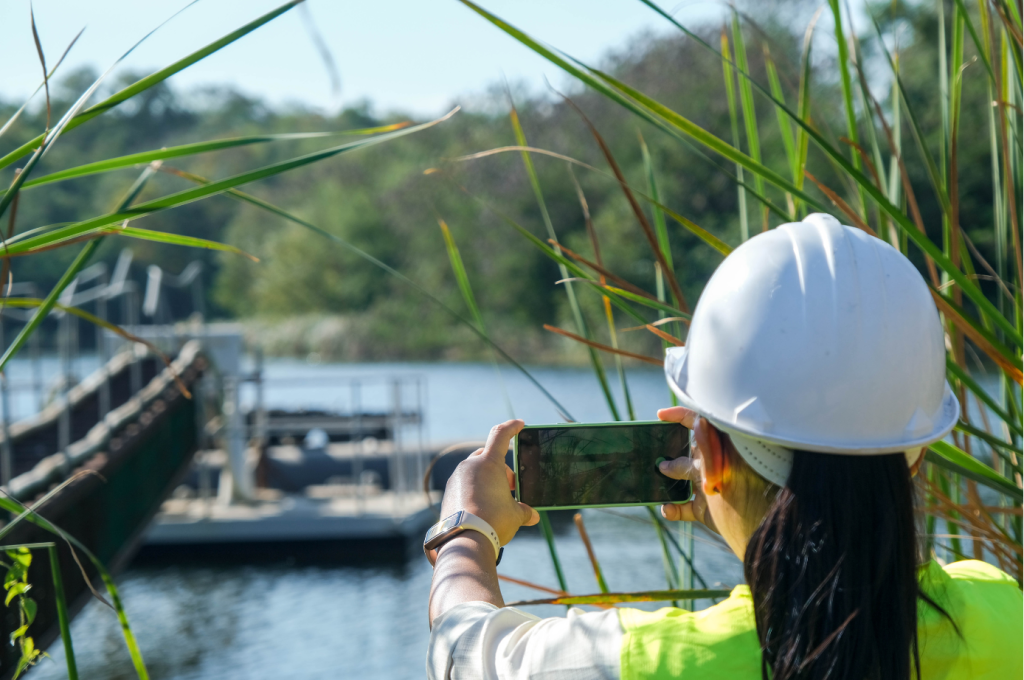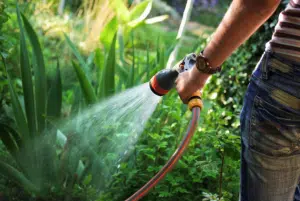Understanding Recycled Water Classifications in Australia

In Australia, recycled water plays a significant role in sustainable water management practices, offering an alternative source for non-potable uses such as irrigation, industrial processes, and environmental enhancement. The classification of recycled water is crucial as it determines its suitability for different purposes and ensures public health and environmental safety. This blog explores the various classifications of recycled water in Australia, along with relevant laws and considerations that affect consumers.
Understanding Grey Water Recycling Systems

In an era where environmental sustainability is increasingly prioritized, innovative solutions for water conservation are gaining traction. Among these solutions, grey water recycling systems stand out as an effective way to reduce water consumption and minimize environmental impact.




